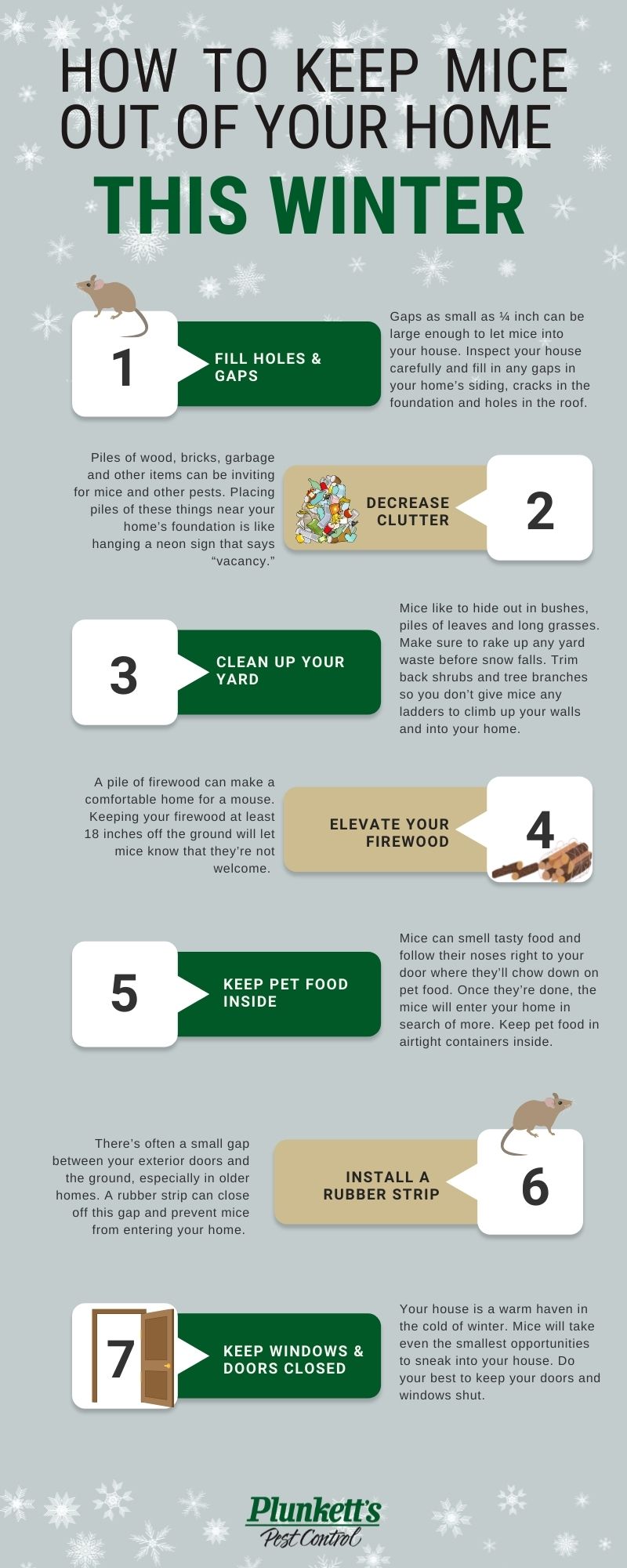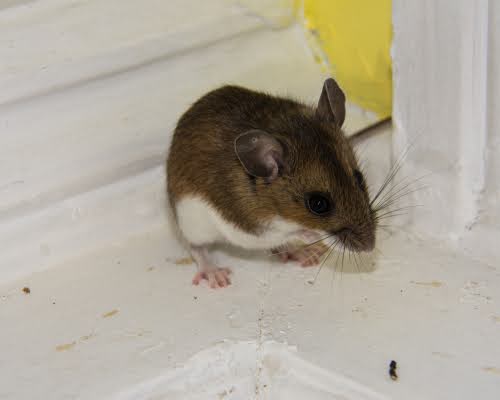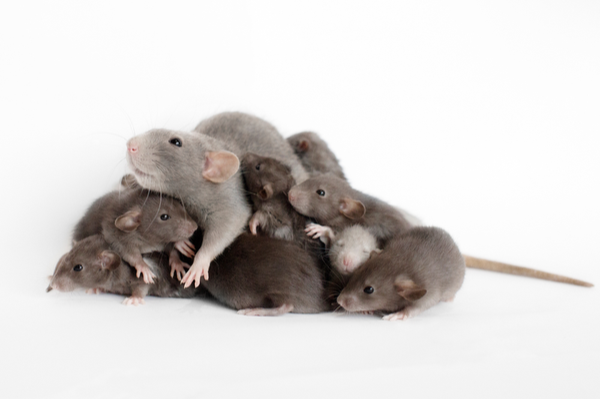As winter approaches and as the weather gets colder in the Midwest, it's time to go to through your winter checklist. Winter clothing out of storage? Check. Ice scraper and snow shovel stowed away in the car? Check. House prepared for possible pest invaders? More specifically, we’re talking about mice. These rodents would love to spend the holidays in your cozy home.
We’ve put together the information you need to know to keep mice out of your house this winter.
Seasonal Behavior: What Season are Mice Most Active?
Mice will likely be most active in your home during the colder months when they seek warmth and food inside. However, they are up to something year-round:
- Fall: As temperatures drop, mice start moving indoors, looking for food and shelter.
- Winter: Mice stay active indoors, often nesting in attics, basements, and kitchens, where food is abundant.
- Spring and Summer: During warmer months, mice tend to stay outdoors. They build nests in sheds, garages, woodpiles, and tall grass while foraging for seeds, insects, and other natural food sources.
How Do Mice Get in My House?
Preventing a mouse infestation is a tough job. Mice and other winter pests can slip into your house through a space that is ¼ inch diameter or larger. They may climb through a hole in a window screen, a gap in a vent, or even down an open chimney.

What Happens Once They’re Inside?
A mouse can and will hide pretty much anywhere. Your home is like a five-star hotel to rodents. You offer amenities like food, water, shelter, and warmth. Once they’re inside, they will make a nest inside your home and won’t budge unless you make them.
How to Keep Mice Out of Your House This Winter
Once rodents are inside your home, it can be tough to get them out. Avoid a costly infestation by following our mouse prevention tips:

1. Fill in Holes
Gaps as small as ¼ inch can be large enough to let mice into your house. Inspect your house carefully and fill in any gaps in your home’s siding, cracks in the foundation and holes in the roof.
When filling in holes, make sure to use the most appropriate materials for the job:
2. Keep Clutter to a Minimum
Piles of wood, bricks, garbage, and other items can be inviting for mice and other pests. Mice like to nest in piles of wood and forage for food in the garbage. Placing piles of these things near your home’s foundation is like hanging a neon sign that says “vacancy.” Keep these items far away from your home or safely locked away in a shed.
3. Keep Your Yard Groomed
Mice like to hide out in bushes, piles of leaves, and long grass. Make sure to rake up any yard waste before snow falls. Trim back shrubs and tree branches so you don’t give mice any ladders to climb up your walls and into your home.
4. Elevate Your Firewood
If you love a roaring fire on a cold night, make sure to elevate your firewood. A pile of firewood can make a comfortable home for a mouse. Keeping your firewood at least 18 inches off the ground will let mice know that they’re not welcome.

5. Keep Pet Food Inside Your House
Don’t let pet food stay uncovered outside. Mice and other rodents can smell tasty food and follow their noses right to your door where they’ll chow down on the pet food. Once they’re done, the mice will enter your home in search of more. Keep pet food in airtight containers inside your home.
6. Keep Windows & Doors Shut
While this might seem like a no-brainer, you’d be surprised at how often doors and windows are left open during the winter. You might prop open a door to let holiday guests in or open a window to air out the smell of a burned Thanksgiving turkey.
Even if your doors or windows stay open for just a short time, a small mouse can easily slip inside. If you know you’ll be opening windows during the winter, make sure they’re covered with secure mesh screens to prevent any unwanted visitors.
7. Install a Rubber Strip on Your Door
In many homes, especially in older ones, there's often a small gap around exterior doors. Installing a rubber strip on your door can help seal these gaps and prevent mice from getting in. You can choose from self-adhesive strips or options that attach with screws. Both types offer an effective way to protect your home from furry invaders.
When the Preventive Mouse Measures Fail: What to Do If You Find a Mouse in Your House
If you’ve noticed signs of mice in your home or want to take extra precautions this winter, it’s time to call Plunkett’s. Our pest control team can provide thorough inspections, seal entry points, and implement a customized solution to ensure your home stays mouse-free all season long.
In the meantime, follow our tips from above and set traps to keep the infestation to a minimum.
Keep Your Home Mouse-free with Local Rodent Control
When you need help with mouse problems, it’s time to get in touch with Plunkett’s. Our technicians live in the same communities that you do, and we want to keep our communities safe and clean. We know how important it is to protect your home and family from pests.








